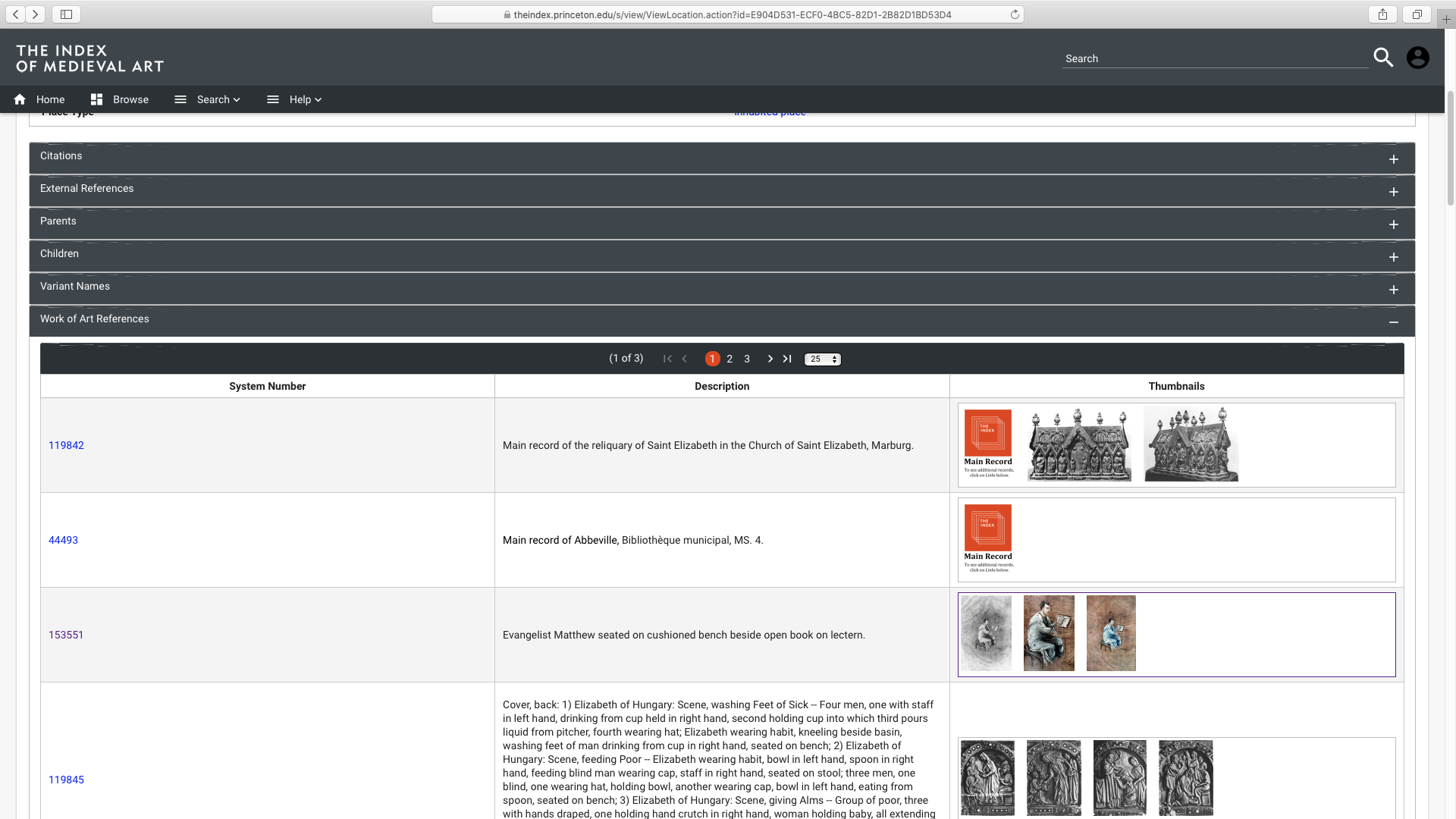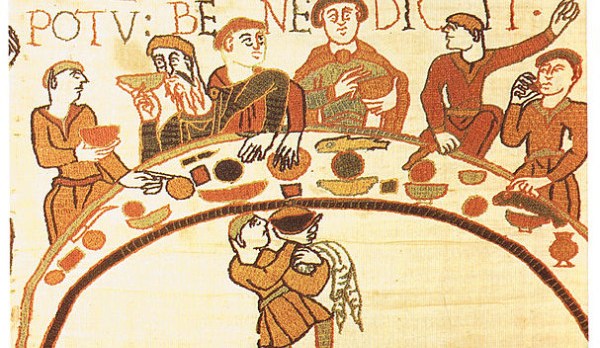The Index of Medieval Art, a treasured collection of medieval artwork at Princeton University, is normally available for subscription fees starting at $250 a year for individuals. Now, due to the coronavirus pandemic restrictions, it is free for a limited time period.
The free period has just been extended until the end of June, said Pamela A. Patton, Director of Princeton University’s Index of Medieval Art. David Clayton’s Way of Beauty blog earlier had reported that it was free until June 1.
The Index of Medieval Art “houses, contextualizes, and presents images and information relating to the iconographic traditions of the medieval world,” according to the mission statement on the Index’s website. Between its print index and online database, it has approximately 350,000 images and data from hundreds of years — from early Apostolic times until the 16th century.
It’s all thanks to visionary art historian Charles Rufus Morey, whose interest in medieval iconography led him to create an image collection in 1917 of late antique, early Christian-era and medieval works of art, according to the Dictionary of Art Historians. His collection soon grew into the Index of Christian Art, a cataloged collection of photographs. Years later, Morey began cataloging the collection of the Museo Cristiano, part of the Vatican library. In 1945, he left Princeton to become the first Cultural Attaché to the American Embassy in Rome.
Since renamed the Index of Medieval Art, the Princeton collection includes works from multiple medieval faith traditions as well as secular imagery. It also has a 6,000-volume research library on site, available to scholars.
Patton, who is also co-editor of the journal Studies in Iconography in Princeton’s Department of Art and Archaeology, said the Index’s subscription fee has been dropping over the past five years. “This year we will reduce it to $750 per annum for institutions (rather than the $1500 that it cost in 2015, when I arrived at the Index). I hope this will help institutions with COVID-19’s economic repercussions, if in some small way. My long-term goal as director is to continue reducing the fee, but because our budget is in part dependent on subscription revenue, we’ve had to do this incrementally.”
The online database is quite large, so it might help to go directly to the Browse page and choose a category. Let’s say you’re interested in looking at a specific geographical location, for example, Aachen. Click on “Location,” then “Aachen.” When that page opens, look down to where there are a number of black bars. Click on the last one, “Work of Art References,” and you will see a number of thumbnail photos you can click on and explore while reading descriptions of each.

If nothing else, a few minutes browsing the Index of Medieval Art will remind the viewer that the Middle Ages are a vast and rich time of history.

